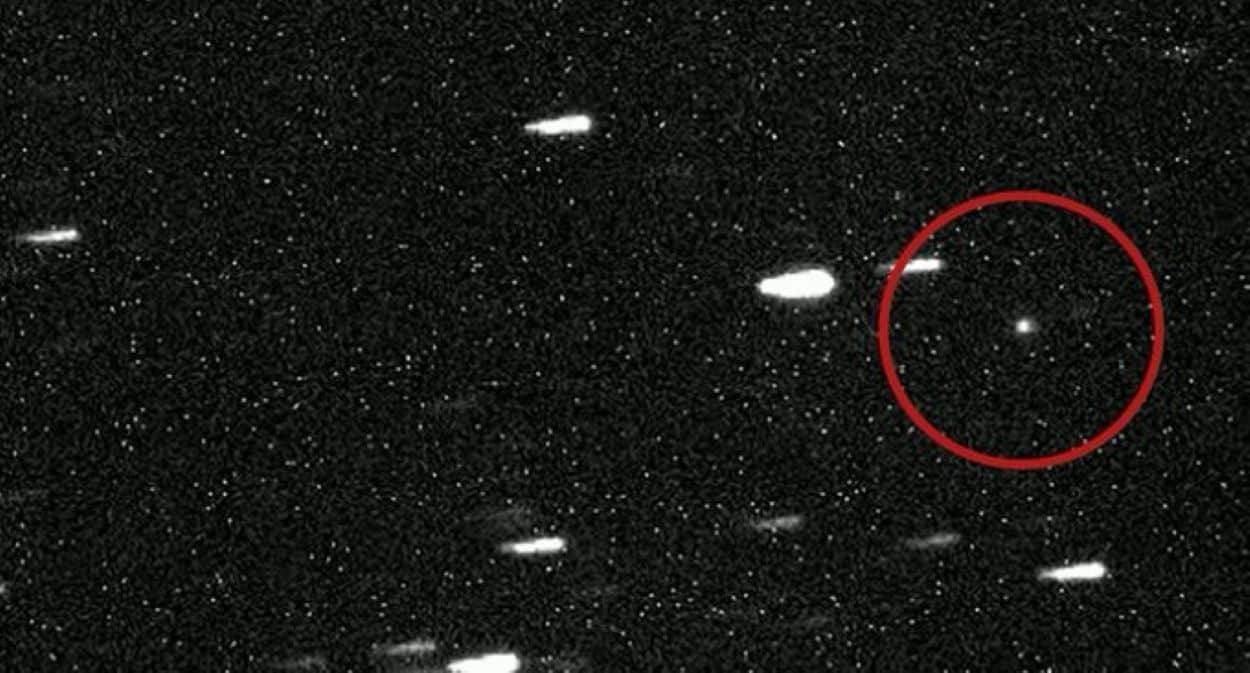On July 2, 2025, astronomers confirmed the discovery of 3I/Atlas, the third interstellar object ever detected in our Solar System, classified as a comet. Spotted by NASA’s ATLAS survey, this cosmic visitor offers a rare glimpse into interstellar space.
The ATLAS survey in Chile first detected 3I/Atlas on July 1, 2025, initially labelled A11pl3Z. Peter Veres of the International Astronomical Union’s Minor Planet Centre confirmed its interstellar origin, noting its “fuzzy” appearance with a short tail, indicating gas and ice. Estimated at 10–20 kilometres wide, it could be the largest interstellar object yet, though ice composition may make it smaller. Travelling at 60 kilometres per second, it will pass inside Mars’ orbit, reaching perihelion on October 29, 2025, before exiting the Solar System.
There's a new interstellar comet in the neighborhood!
Known as 3I/ATLAS, this comet poses no threat to Earth – but it does provide a rare opportunity to study an object that originated outside of our solar system: https://t.co/7ihCiHi91t pic.twitter.com/2XT3NRyCOz
— NASA JPL (@NASAJPL) July 2, 20253I/Atlas is the third interstellar object detected, following ‘Oumuamua (2017) and 2I/Borisov (2019). Unlike ‘Oumuamua, initially mistaken for an alien craft, 3I/Atlas shows no artificial traits, per Richard Moissl of the European Space Agency. Its high speed and non-solar orbit confirm its origins beyond our system, likely dislodged by a passing star, as Jonathan McDowell of the Harvard-Smithsonian Centre for Astrophysics explained. The comet’s brightness will peak as it nears the Sun, aiding further study.
An object from another star has been seen entering the solar system at high speed, and is expected to whip around the sun in the coming months https://t.co/IZUIHjDdLK
— New Scientist (@newscientist) July 3, 2025Mark Norris of the University of Central Lancashire noted 3I/Atlas’ speed surpasses previous interstellar objects, suggesting thousands more may pass undetected. The Vera C. Rubin Observatory could soon detect such objects every month. Analysing its composition, potentially containing amino acids, could reveal life’s prevalence in other star systems, per Norris. While a space mission is infeasible, ground-based telescopes will track its path, offering insights into interstellar chemistry.
The discovery of 3I/Atlas captivates astronomers and the public, highlighting the dynamic nature of our Solar System. As only the third interstellar visitor, it presents a rare opportunity to study cosmic materials, thereby advancing our understanding of planetary formation and the origins of life. With global interest sparked on X, this event underscores the importance of observatories like ATLAS in expanding cosmic knowledge.






